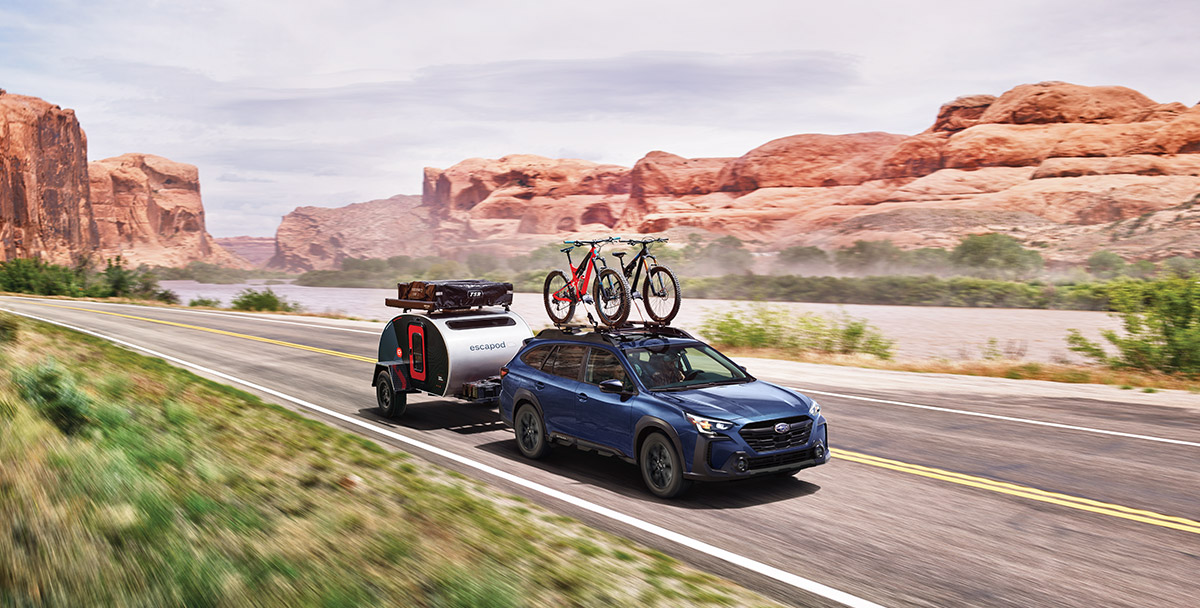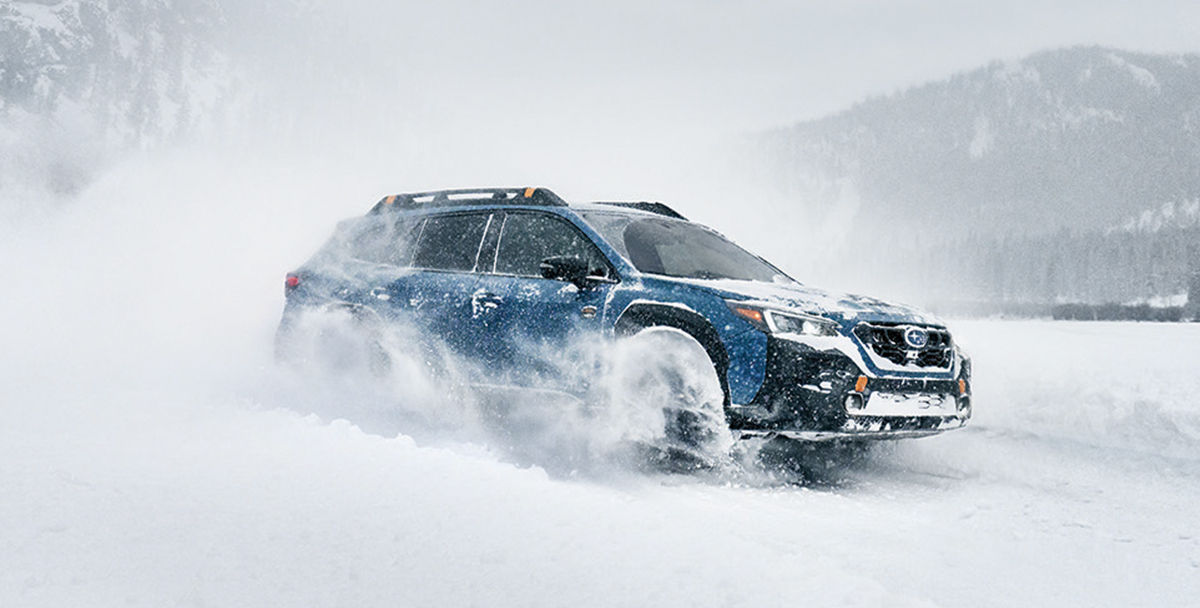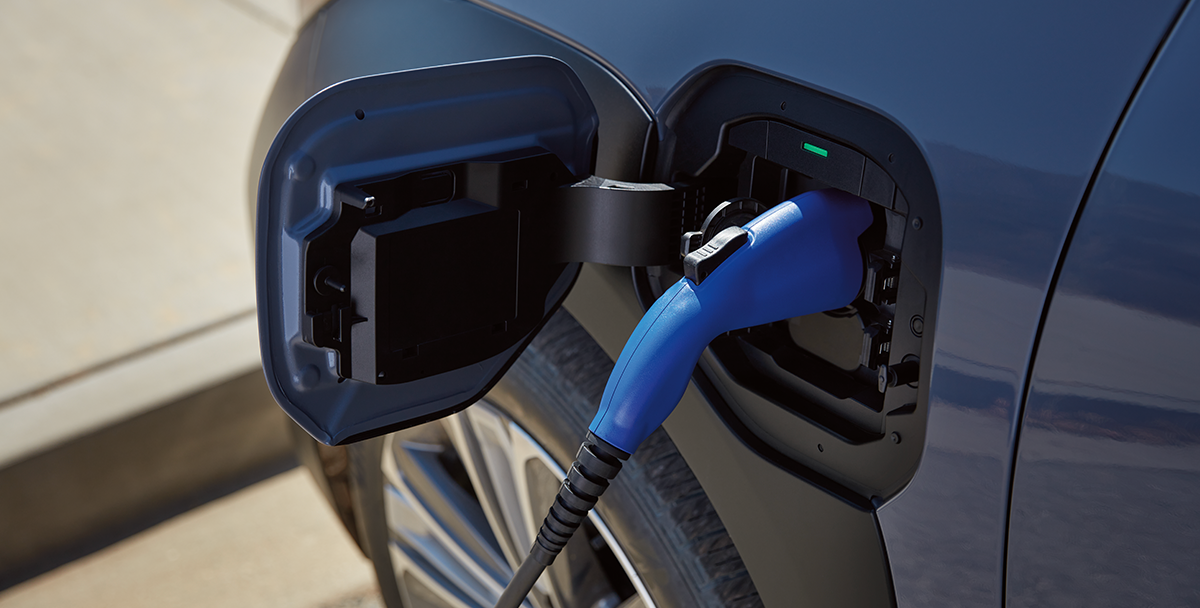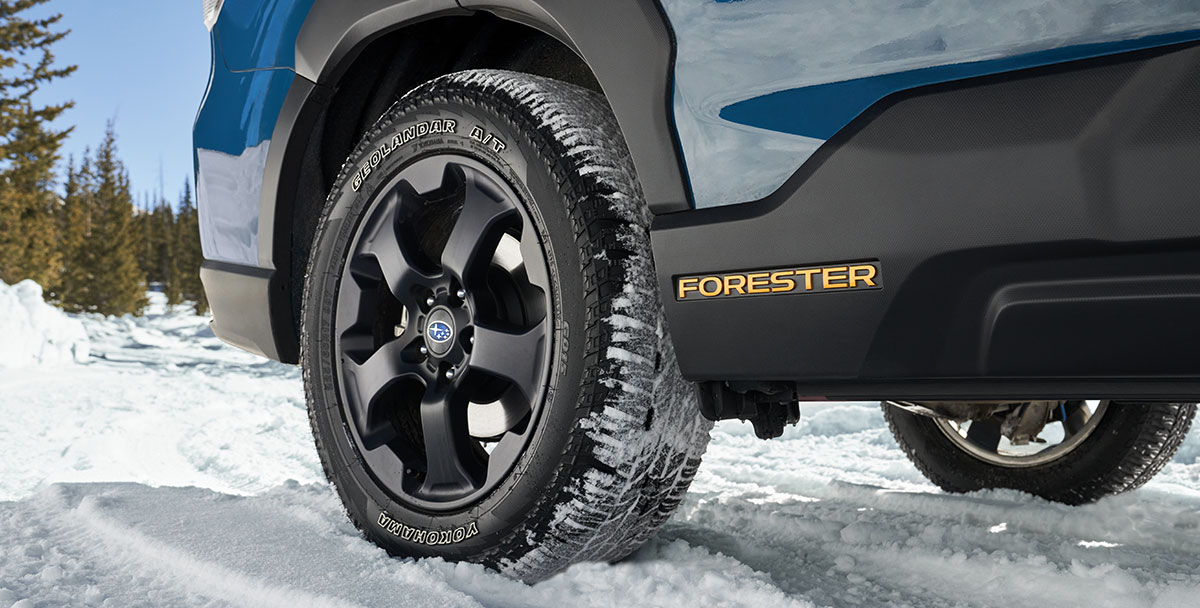It’s no secret that a properly functioning brake system is crucial to the safe operation of a vehicle, yet it’s an aspect of automotive maintenance that is often put on the back burner for a variety of reasons. But modern braking systems are sophisticated and can be expensive to repair if that maintenance is deferred.
If you follow your Subaru maintenance schedule, brake inspections are a regular part of the service schedule every 12,000 to 15,000 miles or 12 to 15 months.
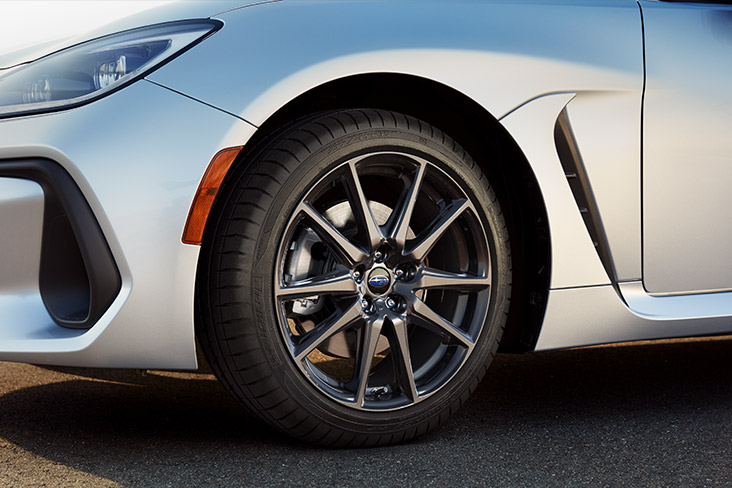
Experts advise addressing telltale brake system concerns as they arise rather than waiting. “Increased pedal travel and increases in pedal pressure to get the normal amount of braking performance are both telltale signs that the brake system needs some attention,” explains Ciocca Subaru of Philadelphia Service Technician Eric Harrison.
“But this tends to happen gradually over time, so that can make it tough to notice when it’s time to take a vehicle in for maintenance. It’s not like one day it’s just gone all of a sudden – every day it requires just a little more pressure or the pedal goes just a little farther down to get that stopping power.”
That can translate to longer braking distances during emergency stops, and if left unchecked for too long, it can also increase the expense involved in order to get the system back up to snuff. But there are ways to avoid finding yourself in such a situation, and it starts with a better understanding of how the brake system does its job.
Braking Hardware
While a brake system is composed of many different parts, its fundamental operation is relatively straightforward. When you press down on the brake pedal, hydraulic fluid moves through both rubber and hard steel lines that lead to pistons which clamp brake pads on discs attached to the axles.
That clamping force reduces the vehicle’s momentum and eventually brings the vehicle to a stop. These are the key components that make it happen:
Pads: Pads are the friction material that make contact with the brake disc. Every time the brakes are applied, this material deteriorates, and eventually, the pads require replacement.
Harrison says that replacing the brake pads every 15,000 to 20,000 miles is a good rule of thumb, and Subaru recommends having the pads inspected between 12,000 and 15,000 miles or 12 to 15 months. (Refer to your Warranty & Maintenance Booklet for specifics.)
“As the pads start wearing down, you might also hear a high-pitched squealing noise as the vehicle is coming to a stop,” he says. That’s due to a wear indicator that’s built into the braking system, but by the time you can hear that audible alert, your brake pads are beyond their usable life.
“You’re better off paying attention to your mileage in between services and how responsive the brake pedal is,” says Harrison.

Rotors: Also referred to as brake discs, rotors provide a smooth surface for the brake pads to clamp down on while also allowing any excess heat generated by that braking force to dissipate within the rotor material.
Like pads, rotors will deteriorate over time with use, but regular maintenance will allow them to last significantly longer than a set of pads will. “Rotors should be able to last 50,000 to 60,000 miles,” Harrison says.
“Generally, you’ll want to have the rotor resurfaced when those pads are changed out because you want that rotor surface to be as smooth as possible,” he says. “Otherwise, you may feel a vibration through the pedal when you’re using the brakes.”
However, if brake pads are allowed to wear down past the friction material and the pad’s metal backing makes contact with the surface of the rotor, it will cause damage to the rotor and the rotor will probably need to be replaced as well.
“At that point, you have metal-to-metal contact – the pad is actually gouging into the surface of the rotor and causing damage that likely cannot be repaired,” he points out. “But you can avoid that by simply replacing the pads before they run out of friction material.”
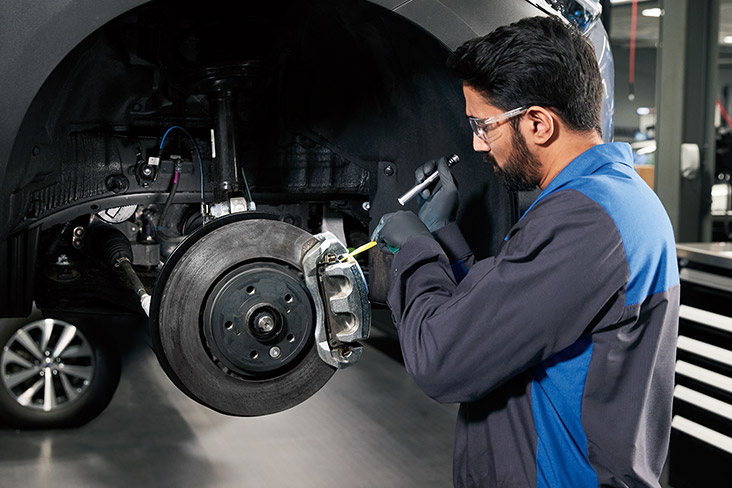
Calipers: These house the hydraulically operated pistons that press the brake pads against the rotors to provide stopping power. Calipers are generally designed to last for the life of the vehicle, but hydraulic fluid leaks can sometimes occur that will require attention.
And if the brake pads are allowed to wear far beyond where the friction material ends, metal-on-metal contact can also damage the caliper itself and necessitate its replacement.
Master Cylinder: This device serves as both a reservoir and a distribution hub for the brake system’s hydraulic fluid. When the brake pedal is pressed down, a piston is pushed through the master cylinder and creates pressure that sends the fluid down the brake lines and out to the calipers to create clamping force.
The master cylinder is also designed to last the life of the car, but like calipers, leaks in the system can sometimes occur, which will require the component to be repaired or replaced. Brake lines can leak over time too.
“If the lines begin to leak, they’re not going to deliver as much fluid to the brake caliper,” Harrison tells us. “And that means the caliper is not going to create as much pressure, which is going to require you to press the pedal down that much harder in order to get the vehicle to stop.”
Leaks can also allow air into the brake lines, and this can cause the brake pedal to feel spongy and unresponsive. “Those leaks can be caused by simple wear and tear, but it could also be a situation where an animal chewed something up or other environmental elements caused damage to a line or a seal,” he says.
Brake Fluid: Subaru typically recommends brake fluid replacement at 30,000 miles or 30 months. Brake fluid is hygroscopic, meaning that it attracts and holds moisture. Eventually, that can reduce the brake fluid’s ability to move the brake pistons.
Moisture can also lower the boiling point of the brake fluid, causing the fluid to boil in the lines under hard, prolonged braking. Check your maintenance schedule for replacement intervals on your Subaru year and model.
And as Harrison notes, your local Subaru retailer is ready to take care of the dirty work. “To properly maintain your brakes, you really need to get the vehicle up on a lift – you need to able to get under the car, take the wheels off and get a good view of the entire system. Subaru technicians are going to know exactly what these components should look like and how they should operate.”
